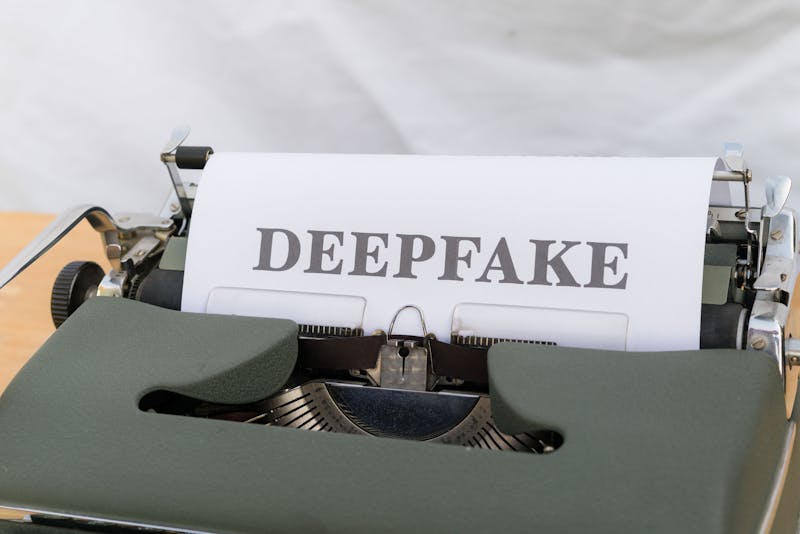09 Oct 2023, by Rights Connect Admin
Cybercrime Act 2015 of Tanzania: Computer Related Forgery (Part 10)
Welcome to another chapter in our journey through the Cybercrime Act. Today, we're diving into Section 11, where we unravel the complexities of computer-related forgery. This section addresses intentional and unlawful actions that result in the creation of false or misleading data with the intention to deceive. Let's explore this intriguing facet of cyber law!
Understanding Computer-Related Forgery:
Section 11 strictly prohibits the intentional and unlawful manipulation of computer data. This manipulation aims to produce false or misleading information that appears authentic, regardless of whether it is readable or intelligible.
A Real-World Scenario:
Imagine an individual intentionally altering financial records within a company's database. They adjust figures to create a false impression of the company's financial health, potentially misleading stakeholders, investors, or regulatory authorities. This act constitutes computer-related forgery, as it involves the deliberate creation of deceptive data.
Confronting the Penalties:
Breach of Section 11 is considered a severe offense. Those found guilty may face significant consequences. The convicted party could be subject to a substantial fine, not less than twenty million shillings, or three times the value of the undue advantage received, whichever is greater. Alternatively, they may be sentenced to imprisonment for a minimum of seven years, or both.
Sources:
Cybercrime Act of 2015, Edition 3
Real-world examples inspired by documented cybercrime cases



